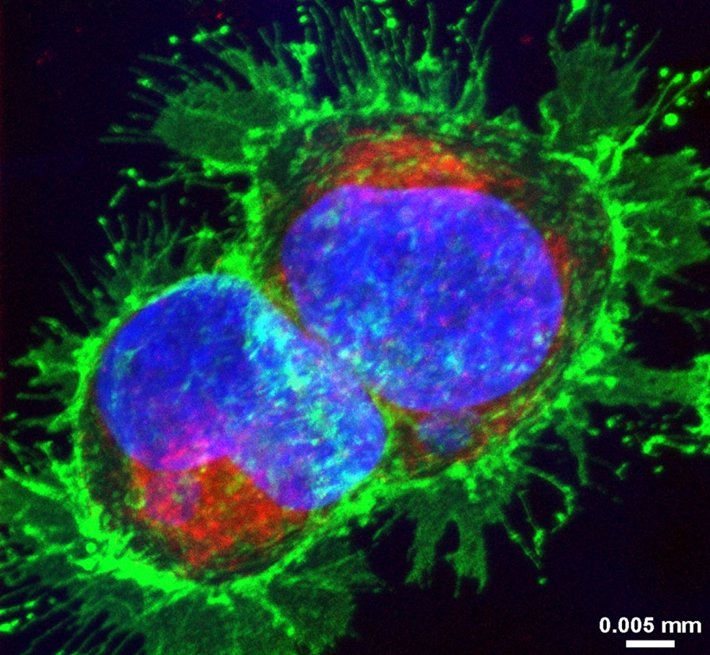
- Module Supervisor: Philippe Laissue

- Module Supervisor: Benjamin Skinner
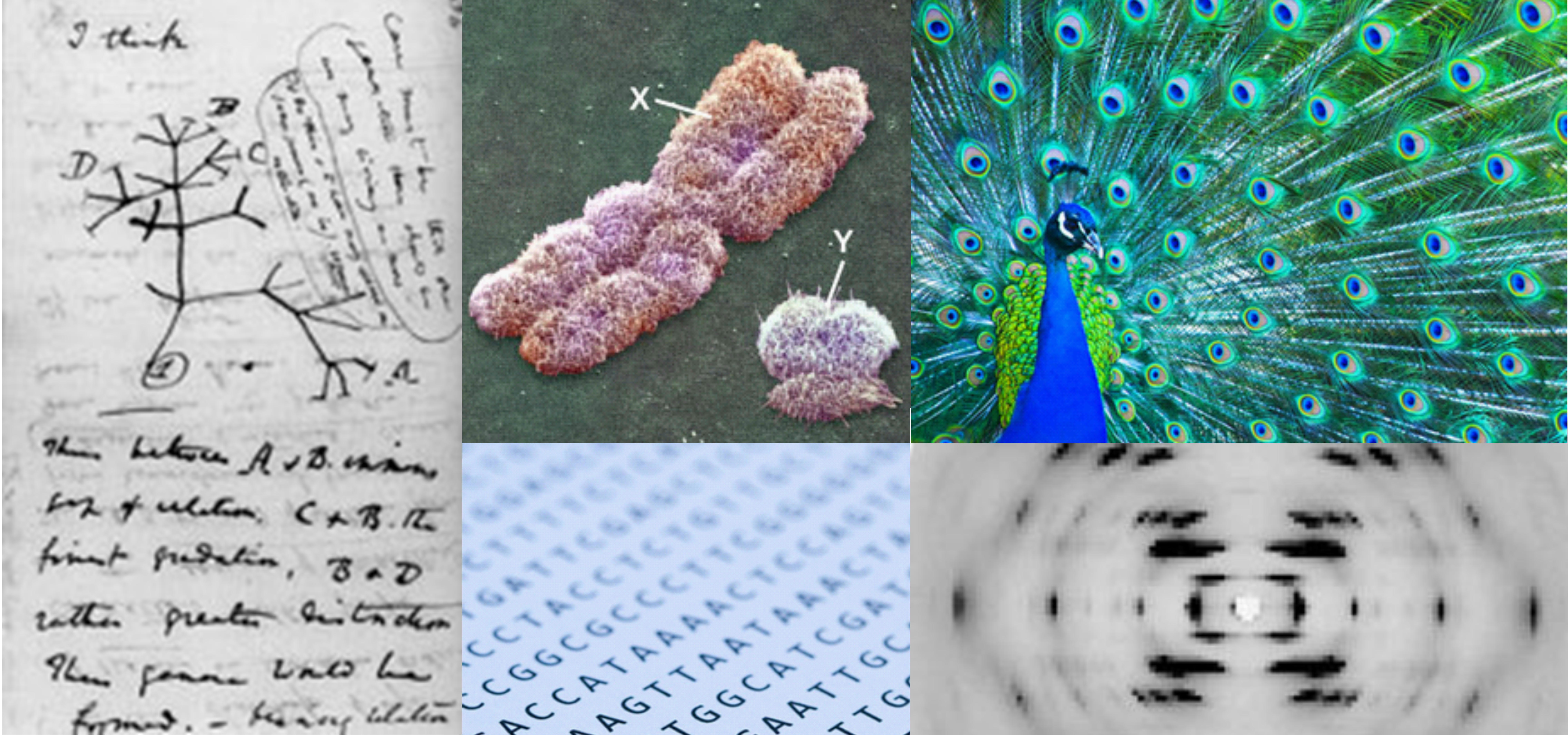
- Module Supervisor: Benjamin Skinner
- Module Supervisor: Aurelie Villedieu
This module will introduce students to the major themes of sustainability, the historical context and the most recent developments. Topics include environmental sustainability issues like water, food, and energy; social sustainability themes like environmental justice; and economic sustainability as well as sustainability issues in Universities. We will use case studies to explore examples and understand the issues and future of sustainability.
- Module Supervisor: Leanne Appleby Hepburn
- Module Supervisor: Martin Wilkes

- Module Supervisor: Amanda Cavanagh
The marine realm covers 70% of the Earth's surface. It contains ice-covered seas and hydrothermal vents, muddy estuaries, deep ocean trenches and the clear blue open sea. The oceans and seas are also integral to the whole earth-ocean-atmosphere system, which controls the climate and conditions for life on Earth. The living, physical and chemical parts of the Earth all interact and influence one another, so that it is impossible to consider one aspect without thinking of the others. This module describes the different marine environments, the organisms that inhabit them and their ecological interactions, and the physical and chemical conditions that determine the diversity of marine life. It also discusses how human activity is influencing marine ecosystems, through overfishing, pollution, and climate change.
- Module Supervisor: Michael Steinke
- Module Supervisor: Michelle Taylor

- Module Supervisor: Nick Aldred
This module is a residential marine field course at the Marine Biological Association of the UK (MBA) in Plymouth. The aim of the module is to allow students to develop their field research skills in marine biology. Students will gain experience in identification of marine organisms including a wide variety of animals and algae. Building on these skills students will apply them in measuring the diversity of organisms in marine habitats using a number of different techniques for describing the distribution and abundance of organisms. Students will also begin to develop their understanding of the design of research programmes and field data analysis.
Learning Outcomes
To pass this module, students will need to be able to:
1. Knowledge of marine invertebrate and algal identification, classification and distribution patterns in temperate waters;
2. Competence in the use of taxonomic keys to recognise and name common species of aquatic plants and animals found in the habitats studied;
3. Competence in experimental design, data handling and analysis appropriate to marine field research;
4. Ability to communicate effectively in writing and orally, accessing and using published resources appropriately.
- Module Supervisor: Eoin O'Gorman
- Module Supervisor: Michael Steinke
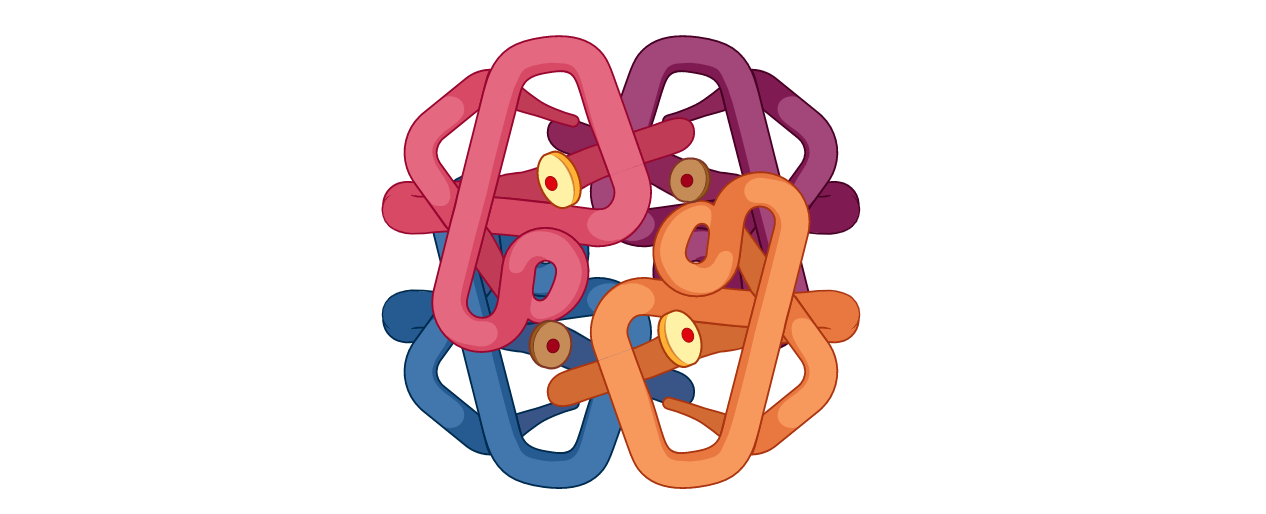
This module will investigate the structure and biochemistry of biologically-important macromolecules. The structure and functions of proteins and how reversible binding of various ligand molecules to proteins relates to their biological role will be examined. The structures of the main carbohydrates of life, the polysaccharides, and the properties of their building blocks, the monosaccharides will then be examined. Finally, the structures and functions of the major types of lipids, i.e. triacylglycerols, phospholipids, sphingolipids and steroids, will be explored, particularly in relation to membrane structure and hormone action.
Learning Outcomes
In order to pass this module, students will need to be able to:
- describe the key structural features of proteins and explain how protein structure relates to function
- describe how ligand-binding equilibria may form the basis of diverse biological phenomena;
- describe the structures and functions of the major types of carbohydrates and lipids
- a) demonstrate competence in the analysis and interpretation of data, b) written communication, c) biochemical methodology and d) calculation of biochemical parameters.
- Module Supervisor: Penny Beckerson
The overall aim of this module is to provide a grounding in chemistry suitable for students of the molecular life sciences.
PART I AUTUMN TERM
In order to fully appreciate the roles of biological molecules it is first necessary to understand how they are formed from individual atoms, and moreover how the properties of these constituent atoms influence molecular structure and reactivity. This part of the module therefore examines in detail fundamental concepts including chemical bonding, electronegativity, acidity, basicity, hydrogen bonding, the range of common organic functional groups and different types of isomerism.
PART II SPRING TERM
In order to fully understand the complex molecular processes involved in the cell it is first necessary to gain an appreciation of the reactivity of simple organic compounds. This part of the module therefore examines in mechanistic detail a range of reactions that model those commonly occurring in biological systems.
- Module Supervisor: Paul Dobbin
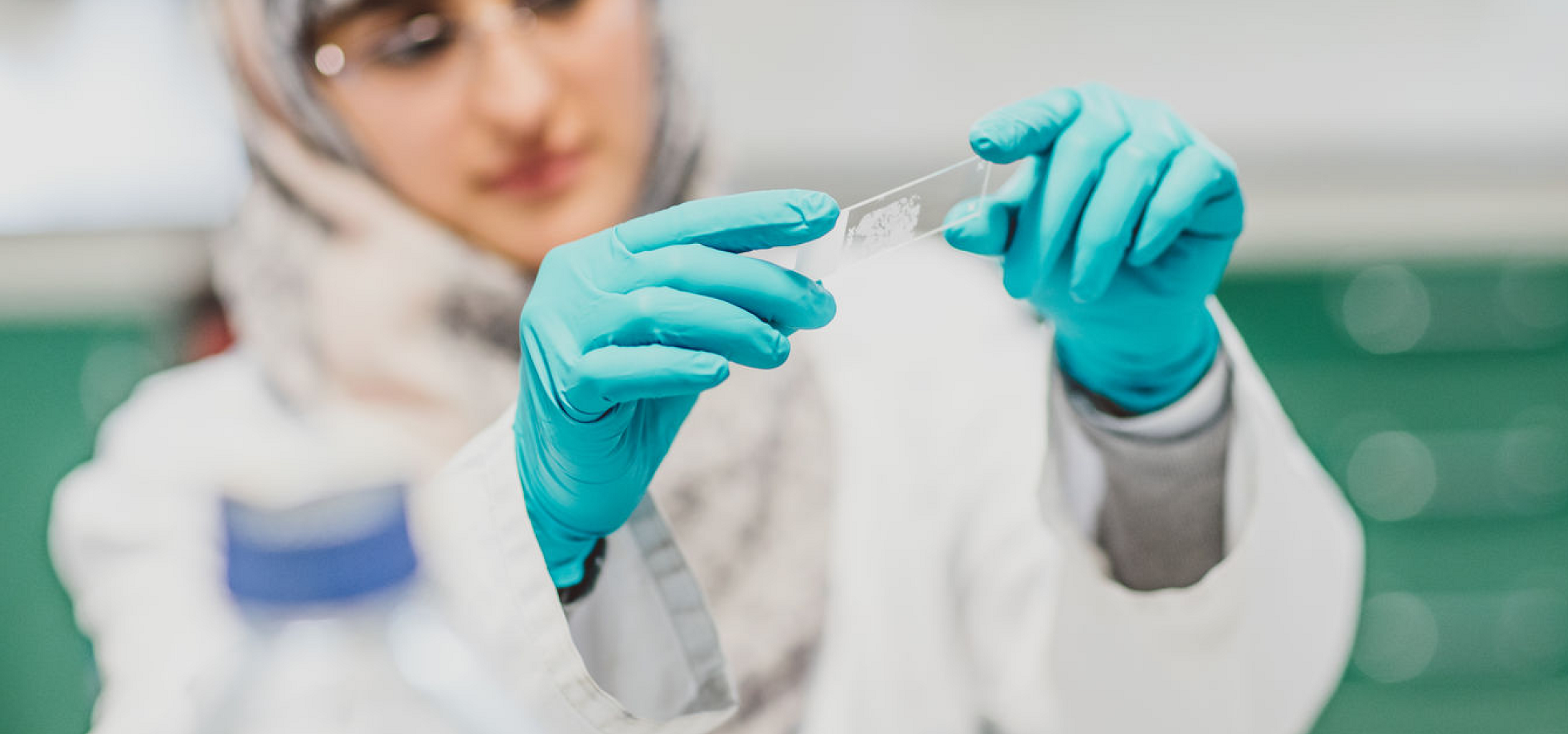
OVERALL AIM: This course addresses aspects of inorganic and physical chemistry that are fundamental to an understanding of the function of biological systems.
The INORGANIC CHEMISTRY component concentrates firstly on small biochemically pertinent molecules containing the p-block elements oxygen, nitrogen, sulfur & phosphorus. The underlying emphasis is on the importance of electron accountancy in structural representations, which leads to comprehension of the action of redox enzymes in metabolism. Also covered are properties of main-group and transition metal cations, followed by an introduction to their roles in biology.
The PHYSICAL CHEMISTRY component is partly directed towards understanding (bio)chemical kinetics and thermodynamics. Emphasis is on determining reaction mechanisms from experimental kinetic data that inform us on reaction orders, reaction rates (and rate constants) and activation energies, plus assessing to what extent a reaction may proceed based on thermodynamic parameters. Also included is an introduction to several types of spectroscopy, which is centred upon considering the effects of absorption of electromagnetic energy by molecules.
LEARNING OUTCOMES:
To pass this module students will need to be able to:
1. describe the structure, bonding & biochemical importance of small molecules containing the p-block elements O, N, S & P;
2. discuss models for structure & bonding of metal ion complexes;
3. describe fundamental thermodynamics and kinetics and perform associated calculations;
4. explain how the absorption of energy by molecules is used as a basis for understanding spectroscopy;
5. demonstrate basic skills in numerical/data analysis & writing chemical formulae & equations
6. show basic practical skills in analytical and preparative chemistry
- Module Supervisor: Dimitri Svistunenko
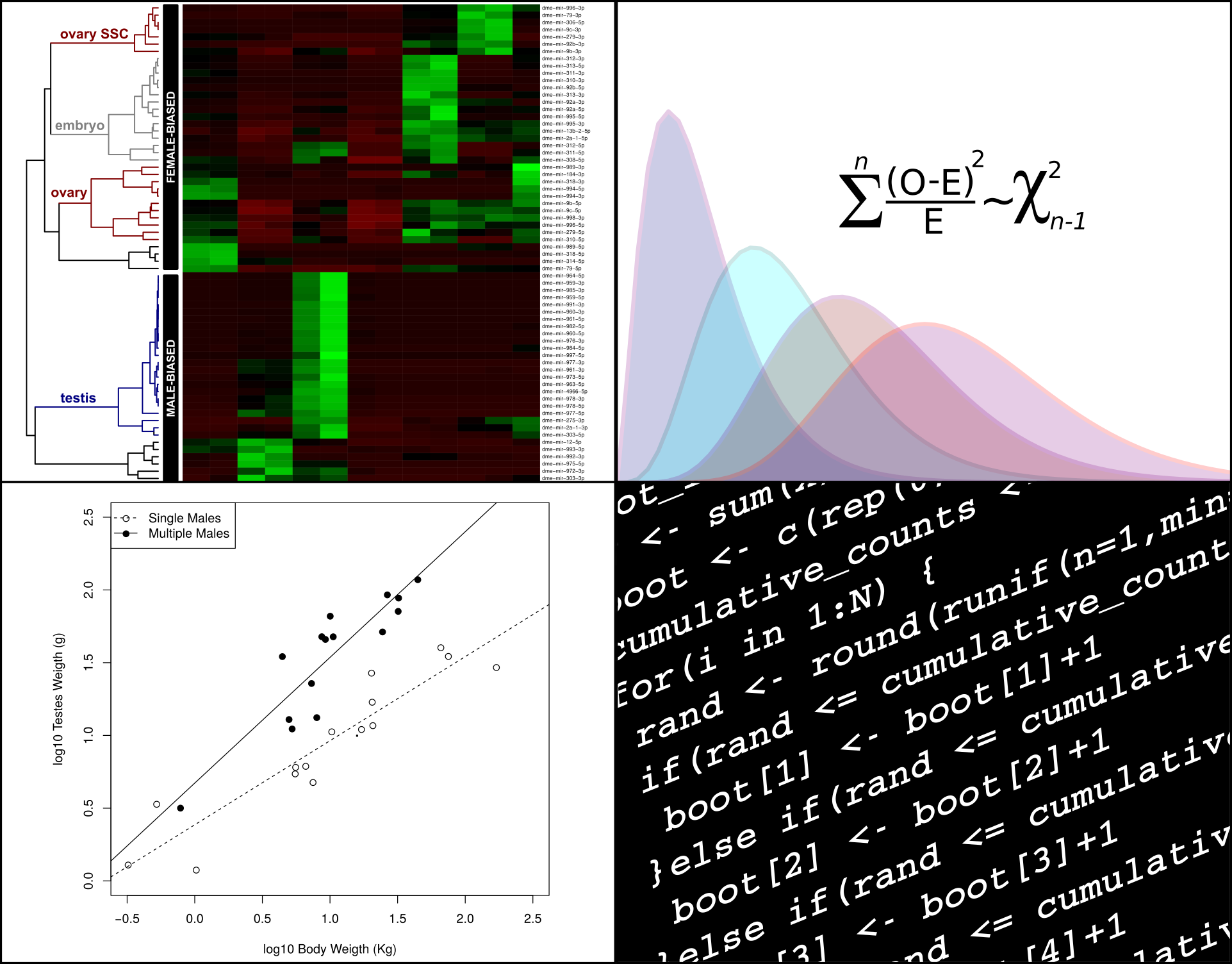
- Module Supervisor: Antonio Marco
- Module Supervisor: Paul Dobbin
- Module Supervisor: Selwa Alsam
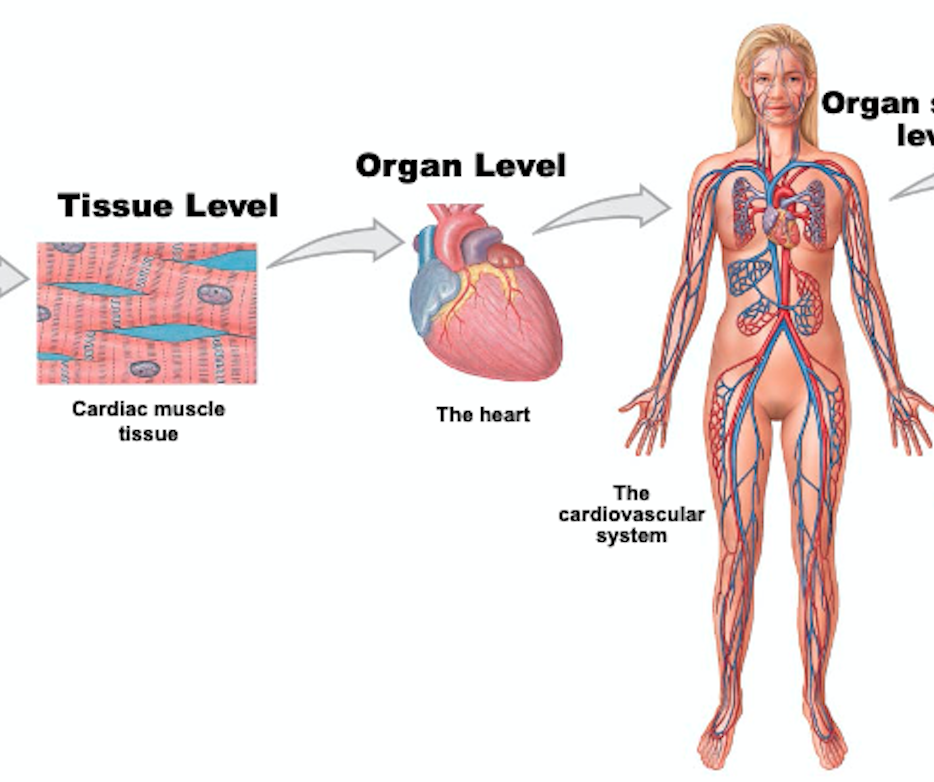
- Module Supervisor: Angela Pine

